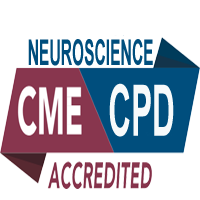
Biography
Biography: Albisua Sanchez Julio
Abstract
Approximately 1% of people suffer from epilepsy. Medication can render about 80% of them seizure free, but that left 20% of people with epilepsy that cannot get rid of seizures by just taking medication. Most of them are surgical candidates. Patients with epilepsy that are considering surgery have to undergo a broad spectrum of test. Most important tests are VideoElectroEncephaloGraphy monitoring and specific Magnetic Resonance Imaging. Depending on the case, more studies can be needed, including intracranial electrodes implantation. Most of the surgically treated patients present with temporal lobe epilepsy. Mesial Temporal Sclerosis (MTS) is a loss of neurons in a deep part of the temporal lobe, the hippocampus that usually is not controllable on medication alone. 70% of patients with MTS can be seizure free after surgery. Surgeries are also done in other regions of the brain, out of the temporal lobe. And there are some techniques that, although not likely to render the patient seizure free, may significantly decrease the number of seizures and provide a better quality of life. Vagus nerve
stimulation and callosotomy belong to this group of surgical techniques. Morbidity and mortality of epilepsy surgery are in general low, and comparably favourable to these of uncontrolled epilepsy.

